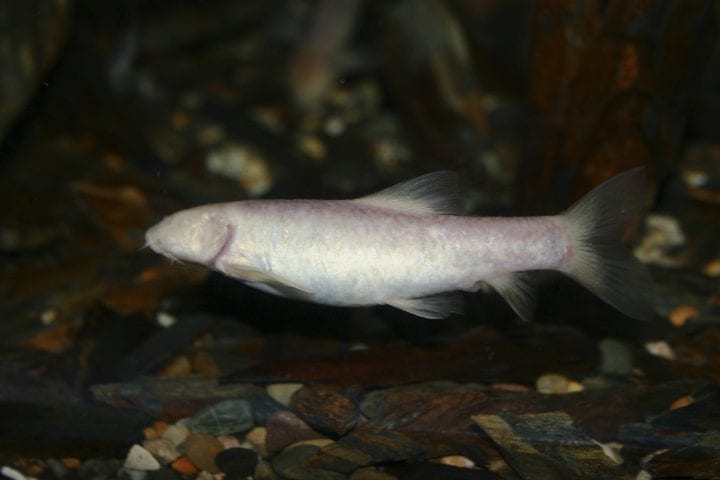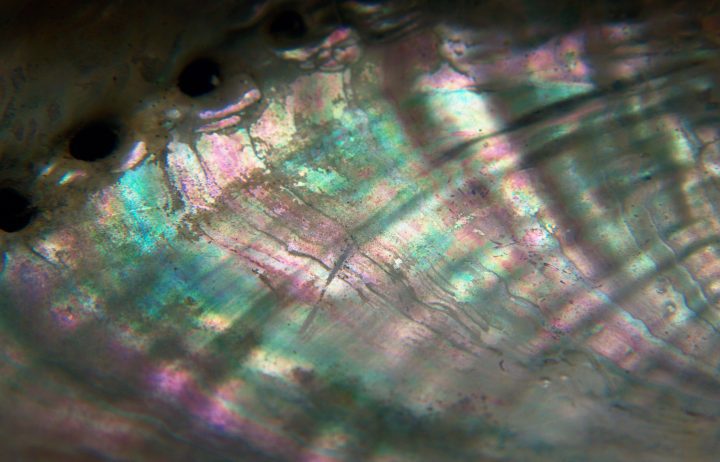Robotic swimmer from Santa Clara University uses a "push-me-pull-you" technique to propel forward.
Benefits
- Self-propelling
- Energy-saving
Applications
- Drug Delivery
- Medical treatment
- Surgery
UN Sustainable Development Goals Addressed
-

Goal 9: Industry Innovation & Infrastructure
The Challenge
Many robots are designed to complete tasks that are challenging or inconvenient for humans to perform. Small robots in particular could be very useful in delivering medicine to specific parts of the body, leading to less invasive medical treatment. These small robots would need to move on their own in order to reach the desired location, otherwise additional components would have to be installed. This would increase the weight and decrease the agility of the robots.
Innovation Details
The robotic swimmer was inspired by the way amoeba swim through water. It’s made of two elastomeric spheres and a linear actuator. The spheres can inflate and deflate, changing their buoyancy. The robot was able to swim through a high viscosity silicone liquid without external assistance simply by expanding and contracting the spheres.
Biological Model
Euglenids and other amoebae move using body deformations. The movement is generated through a mechanism known as “push-me-pull-you” (PMPY), in which two spheres change their volumes and separation distance. As one sphere expands, it pushes away the contracting sphere, which then acts as a sink to pull the expanding sphere.





